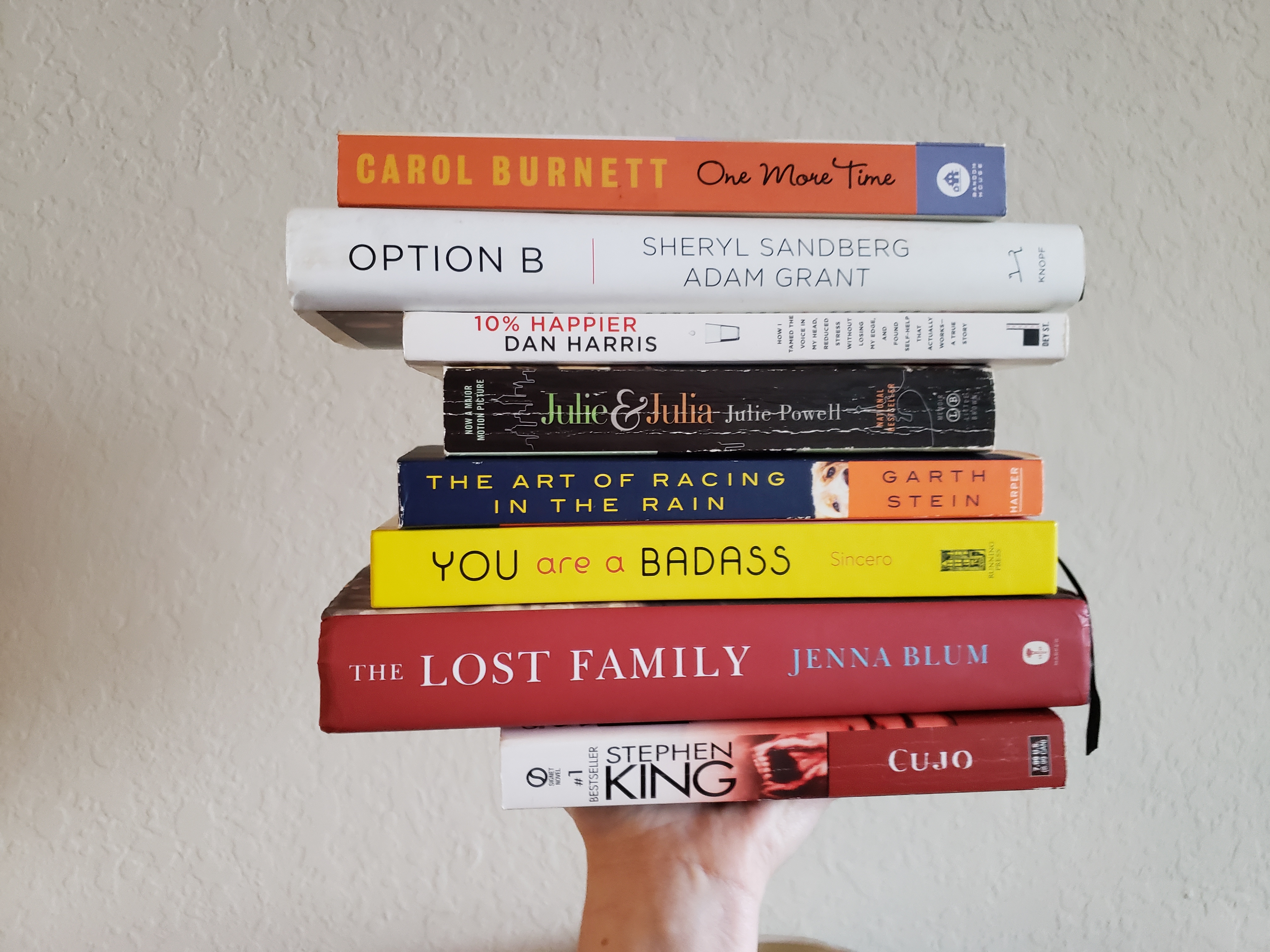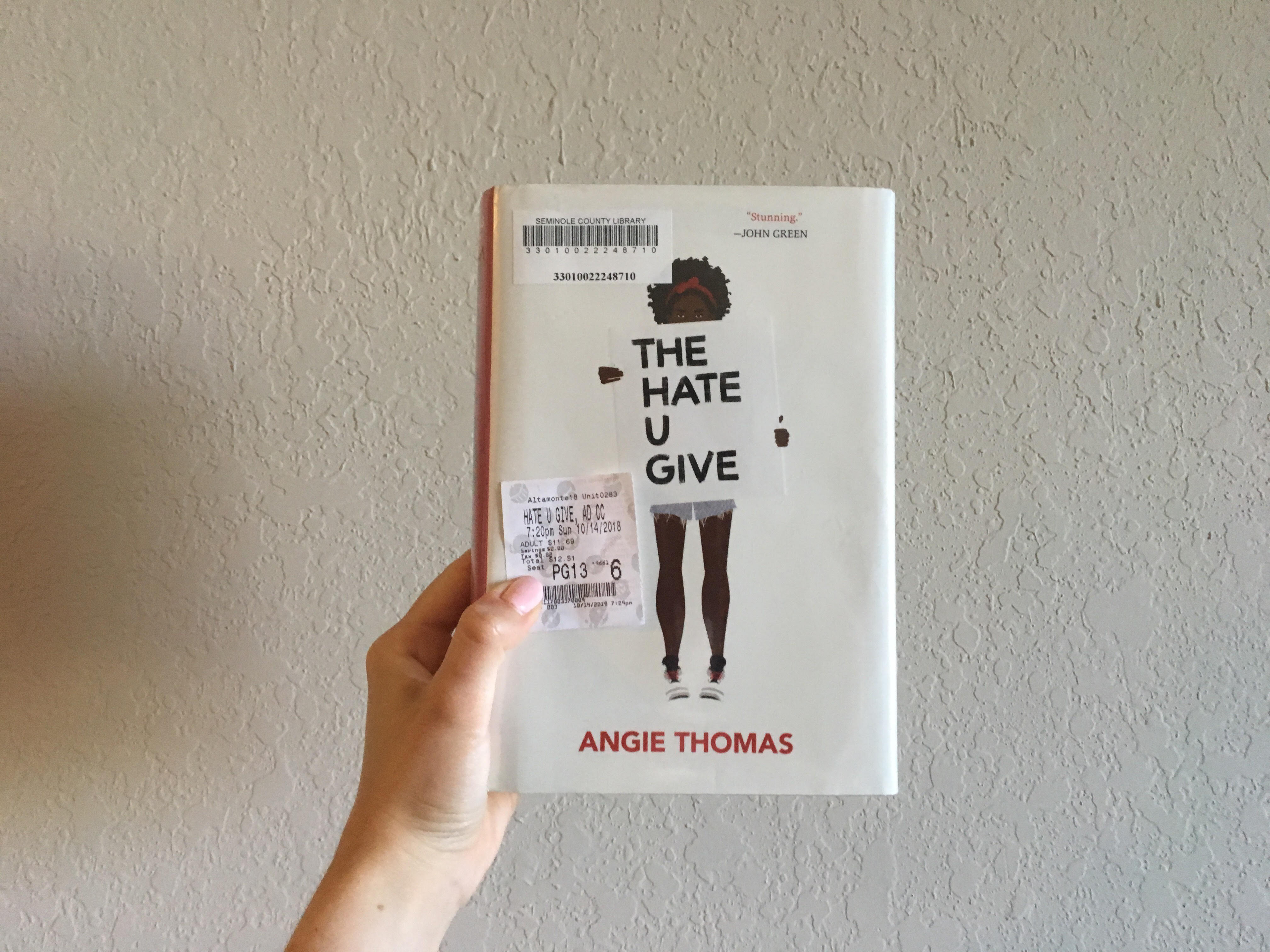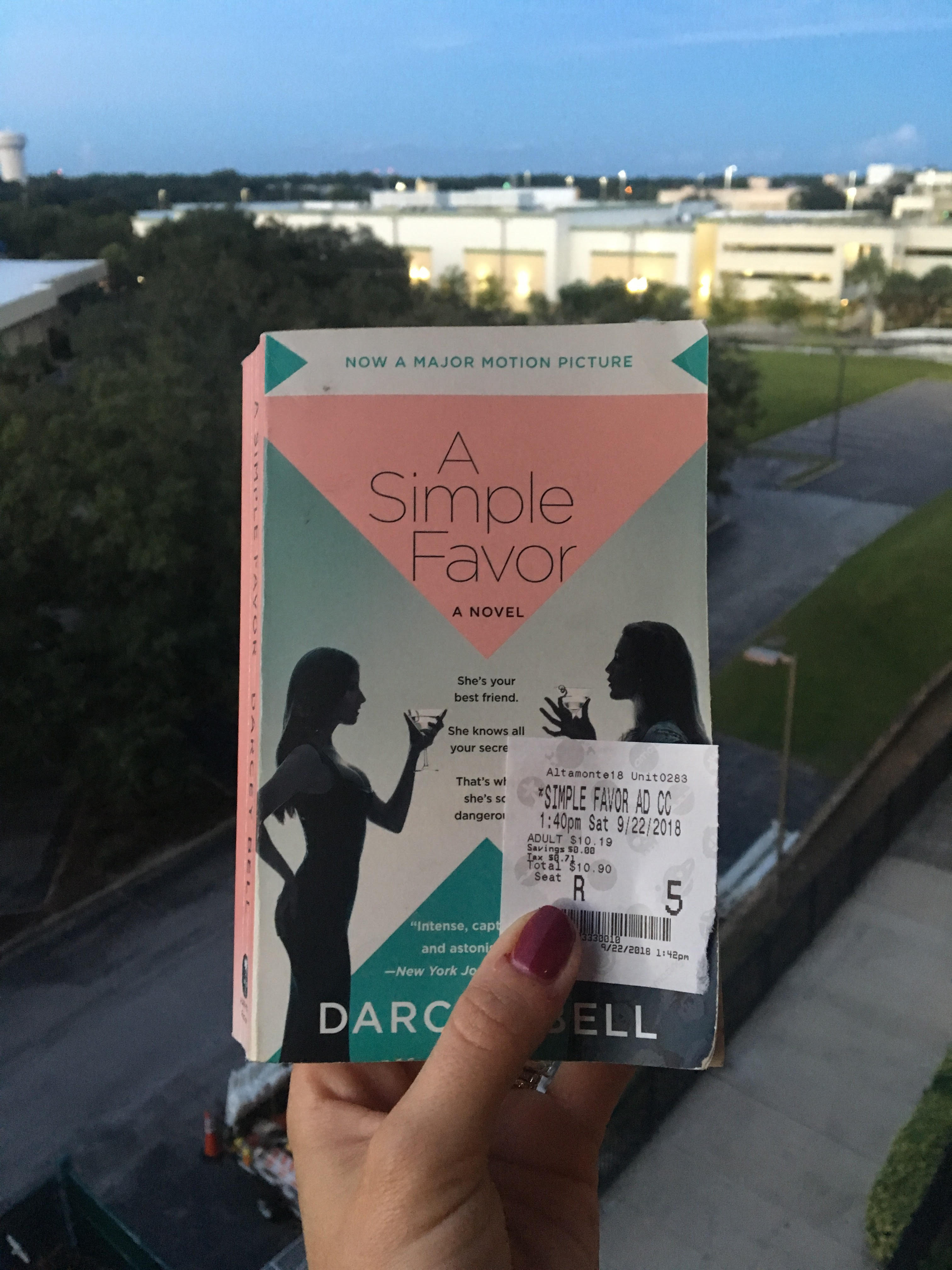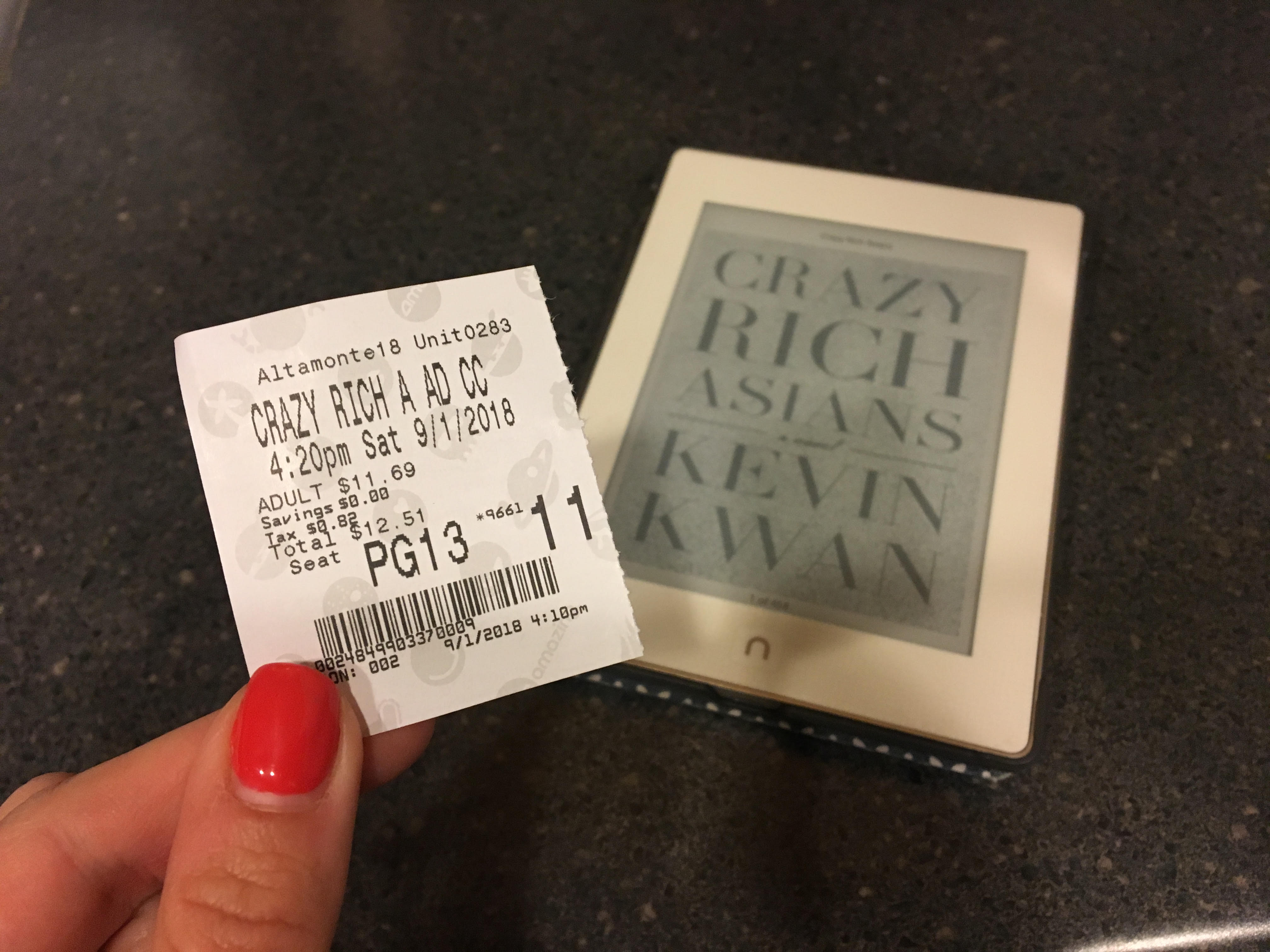As the prequel to The Hunger Games series, The Ballad of Songbirds and Snakes is a fun origin story on the evil of Coriolanus Snow, who essentially develops the modern-day Hunger Games that is then ended (spoiler alert!) in the final book of the series. The movie adaptation of this prequel novel does a pretty good job of sticking to the story, which is long. The fun surprise of both is that the Hunger Games only make up the first half of the story, but there is much more to develop afterward. Here are the few differences the movie does make from the novel.
- The movie allowed Lucy Gray to finish her “performance” at the reaping
- In the movie, when Lucy Gray has her name called at the reaping ceremony, she take the stage and performs. She is allowed to complete her performance because the audience is so awestruck by her talent and charm. In the novel, however, the evil of the people in charge of the Games shines through, as she is dragged off the stage, mid-performance.
- No funerals for killed mentors :
- In both the book and movie, a bunch of mentors for the Hunger Games are killed before the Games even begin. In the novel, each of the mentors killed are honored in a proper funeral, which delay the start of the Hunger Games. The funerals are eliminated from the movie.
- Clemensia isn’t seen again after being bit by the snakes
- As part of the torturing of the mentors in the story, one of them, Clemensia, is bitten by snakes. Coriolanus Snow’s relationship with Clemensia is complicated, as are many of his relationships in the novel. He sees her in the hospital as he recovers from his own injuries, but avoids visiting her as she recovers in the hospital. He eventually apologizes to her, and they reconcile, but the instance emphasizes the damage caused by the snakes. Much of this is eliminated from the movie.
- Explanation and severity of the snakes
- Speaking of the snakes, their power and the damage they inflict is a bit of a mystery in the novel. Corio has to figure out what they do and how they operate and harm people so that he can use that as a tactic to help Lucy Gray later in the games. But in the movie, Dr. Gaul outright explains to him and the other mentors what the snakes do, which drops some of the creepy mystery of it all. The snakes also seem a little more severe in the film, in that Lucy Gray almost dies from them at the end of the Hunger Games. In the novel, her singing keeps them at bay. In the movie, her singing calms them a bit, but they continue to still move slowly up her body until the mentors convince those in charge to end the Hunger Games.
- Cornucopia bloodbath
- In the novel, the Hunger Games competitors die more slowly and one at a time. In the film, the start of the Hunger Games is a bloodbath — similar to that seen in the other books and movies — where the competitors fight over supplies and weapons and instantly kill many of each other just as the Games begin. The movie is clearly trying to speed the plot along here.
- Love story between Lucy Gray and Snow
- The biggest bummer to me is that the love story between Lucy Gray and Snow is much better and more believable in the book. I believe they kiss sooner in the novel, and because the book is told from Snow’s point of view, the reader is getting more insight into his strong feelings for Lucy Gray. That helps in making it difficult to see how evil he really is until the very end. In the film, the love story is not as heavy of a focus. This is not a problem for the romance, but for the evolution of Snow’s character. Because the viewer is not seeing him as infatuated with her, he seems evil from the start, so his dark actions at the end of the novel don’t appear to be that shocking or haunting.






 Welcome to my eighth edition of “Top Picks!” Easily one of my favorite blog posts of the year, this is where I tell you about the ten best books I read this year. Again, this has nothing to do with what year they came out. In fact, I’m pretty sure only one of the books I read this year was published in 2018. For a list of the best books published this year, check out The New York Times annual Notable Books list. For now, here are the best books I read this year (followed by the complete list of all the books I read this year).
Welcome to my eighth edition of “Top Picks!” Easily one of my favorite blog posts of the year, this is where I tell you about the ten best books I read this year. Again, this has nothing to do with what year they came out. In fact, I’m pretty sure only one of the books I read this year was published in 2018. For a list of the best books published this year, check out The New York Times annual Notable Books list. For now, here are the best books I read this year (followed by the complete list of all the books I read this year).

 Starr Carter has to bounce back and forth between two worlds: the white world of her private school and the black world in which she lives with her black family in a predominantly black neighborhood, known for its violence and lower income housing. It’s when she’s at a party in her neighborhood that her two worlds come to a head.
Starr Carter has to bounce back and forth between two worlds: the white world of her private school and the black world in which she lives with her black family in a predominantly black neighborhood, known for its violence and lower income housing. It’s when she’s at a party in her neighborhood that her two worlds come to a head. The entire time I read Darcey Bell’s page-turner of a noir novel A Simple Favor, all I could think was “this is VERY Gone Girl.” And that’s not a bad thing. Were some of the plotlines a bit predictable? Yes. But the French noir tone of the book, the rotating narrators and the big twists every 50 pages or so kept me on my toes.
The entire time I read Darcey Bell’s page-turner of a noir novel A Simple Favor, all I could think was “this is VERY Gone Girl.” And that’s not a bad thing. Were some of the plotlines a bit predictable? Yes. But the French noir tone of the book, the rotating narrators and the big twists every 50 pages or so kept me on my toes. Rachel Chu is nervous. She’s about to go to Singapore for the first time with her boyfriend Nick, but this is not just some vacation. They’re visiting for his best friend’s wedding, and it will be the first time she’s meeting Nick’s family. Rachel takes some time to decide, but ultimately determines it would be a fun way to spend her summer off from teaching economics at NYU.
Rachel Chu is nervous. She’s about to go to Singapore for the first time with her boyfriend Nick, but this is not just some vacation. They’re visiting for his best friend’s wedding, and it will be the first time she’s meeting Nick’s family. Rachel takes some time to decide, but ultimately determines it would be a fun way to spend her summer off from teaching economics at NYU. Recap: You may recognize him as Doogie Howser. Or that other weird doctor, Dr. Horrible. To you, he may be Barney Stinson. Or a very angry Hedwig. Or he may just be the high guy from Harold and Kumar. Either way, Neil Patrick Harris has made quite the imprint on Hollywood in the past 25 years he’s been in the business. Like many other stars, he uses his celebrity here to write his own memoir, but NPH is far too cool to just run your everyday, run-of-the-mill celebrity memoir. After all, he loves magic. So he makes his memoir a little more magical by writing it in the form of the “Choose Your Own Adventure” books of yesteryear. Finish a chapter, and choose between options like this: “If you need a drink to calm down, turn to page 45. If you need to wake your brain back up, turn to page 150. To continue your stage career, willkommen/bienvenue/welcomeim/au/to page 130. To attempt to relaunch your movie career, turn to page 124.”
Recap: You may recognize him as Doogie Howser. Or that other weird doctor, Dr. Horrible. To you, he may be Barney Stinson. Or a very angry Hedwig. Or he may just be the high guy from Harold and Kumar. Either way, Neil Patrick Harris has made quite the imprint on Hollywood in the past 25 years he’s been in the business. Like many other stars, he uses his celebrity here to write his own memoir, but NPH is far too cool to just run your everyday, run-of-the-mill celebrity memoir. After all, he loves magic. So he makes his memoir a little more magical by writing it in the form of the “Choose Your Own Adventure” books of yesteryear. Finish a chapter, and choose between options like this: “If you need a drink to calm down, turn to page 45. If you need to wake your brain back up, turn to page 150. To continue your stage career, willkommen/bienvenue/welcomeim/au/to page 130. To attempt to relaunch your movie career, turn to page 124.”